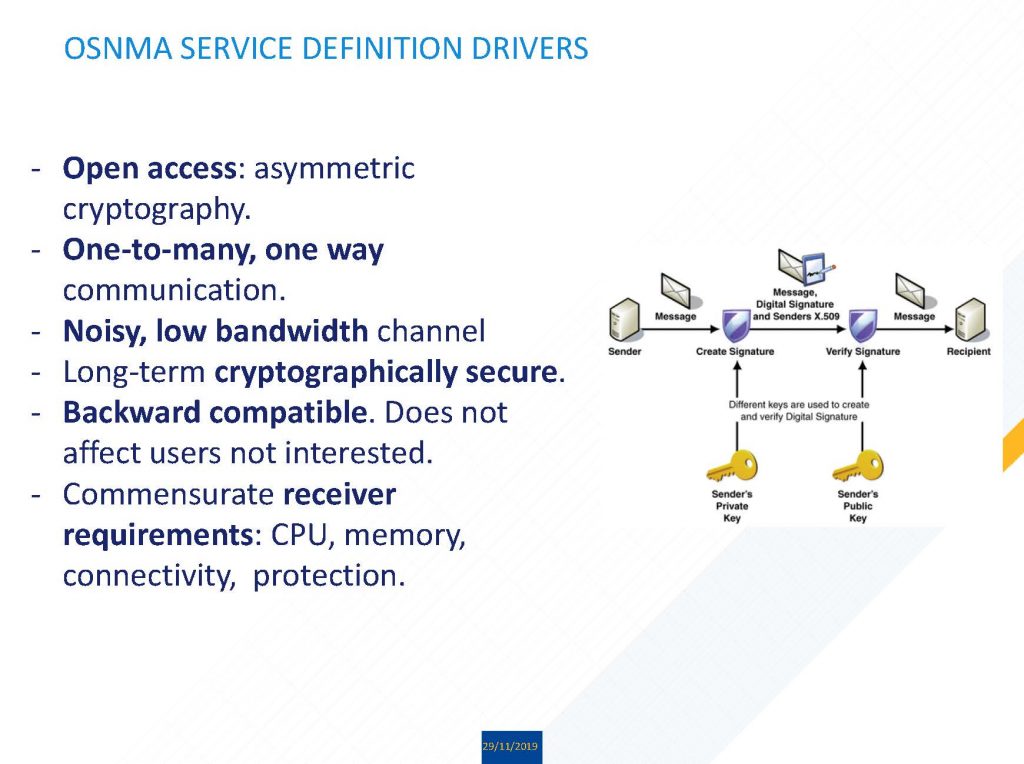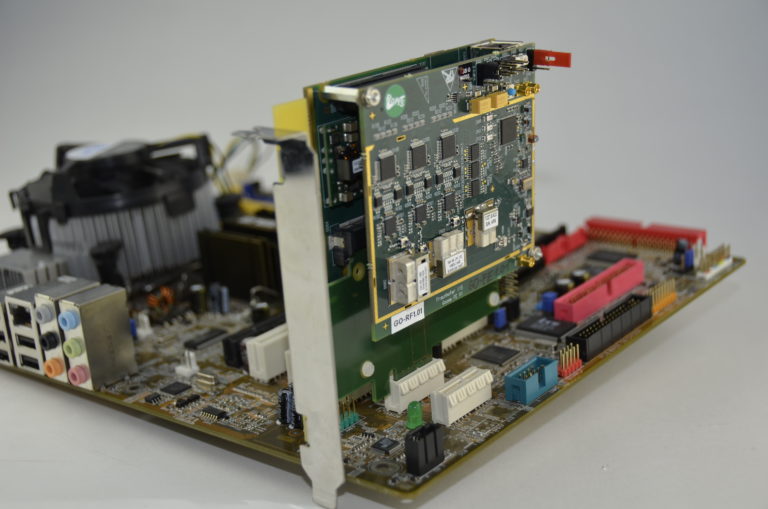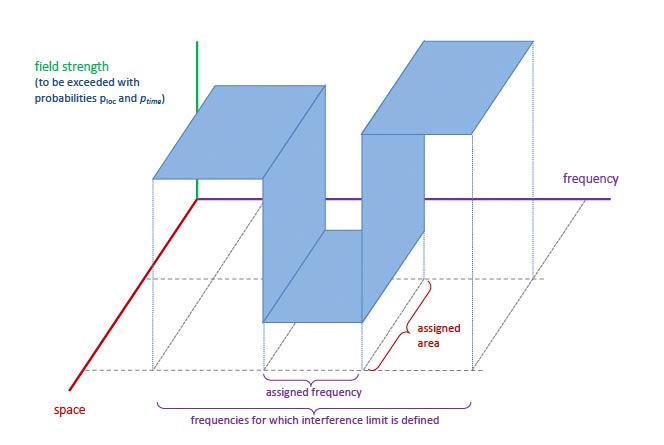TeleOrbit GmbH of Nuremberg, Germany, announced that it has implemented testing capability for Galileo’s Open Service Navigation Message Authentication (OSNMA) aboard the company’s GNSS Receiver with Open Software Interface (GOOSE).
As the threat of GNSS spoofing continues to grow, authentication of signals represents a safeguard for industry, vital infrastructure and safety-critical GNSS applications, including autonomous vehicles. As yet there is no authentication service available, but Galileo will be first to the market with scheduled launch in 2023. The European Space Agency (ESA) and the European GNSS Agency (GSA) will soon start an initial testing phase.
“We will be one of the few out there who have this feature enabled in a receiver, so for anyone interested in using signal authentication in their research or products, we have a well-proven, well-tested receiver on the market,” said Daniel Seybold, TeleOrbit COO. “We have received initial feedback from first customers and the EC.” The OS-NMA functionality is a software implementation by TeleOrbit, so customers who have the equipment can do a firmware update to equipment already in the field.

OSNMA authentication will enable users to verify that a navigation message comes from a Galileo satellite and not a potential malicious source. This offers a higher level of security compared to Open Service (OS). OSNMA will be available to all users, free of charge, with fewer restrictions than the Galileo Public Regulated Service, an encrypted signal for government organization.
TeleOrbit’s GOOSE platform is an FPGA-based GNSS receiver, characterized by four separate components: a multi-frequency GNSS antenna, an analog front-end board, a baseband board, and the processor system. GOOSE grants deep access to the hardware interface, down to integrate and dump value levels, according to the company. Intermediate frequency signals can be recorded, processed and replayed with the platform.
It is designed as a rapid prototyping solution for the development of state-of-the-art GNSS receivers, as a development platform for software and system developers and mobile communication operators, and for researchers who want to test their own algorithms. GOOSE is flexible in processing new or proprietary signals, comprising 60 hardware channels in real time and providing an open software interface for customer applications.
ESA’s OSNMA testing project will be completed in the April-May 2021 timeframe, with the signal scheduled to go live in 2022.
The GOOSE Technology is licensed by Fraunhofer IIS, Germany and commercialized by TeleOrbit.
GOOSE Features
- Flexible development platform with multi-system and multi-signal real-time processing
- Digital recording of intermediate frequency (IF) signals for SDR algorithm evaluation (post-processing)
- optional: integrated antenna receiver combination (smart antenna)
- Analytic preprocessing of recorded IF-signals for replay:
– Insertion of Jamming and Spoofing
– Mitigation of Jamming by Notch-Filter or Pulse-Blanker - Digital Replay of IF-signals for easy and real-time repeatable tests
- Guaranteed stable phase center for all GNSS frequencies
- Deployment in commercial PC or as an embedded platform
- Allows deep coupling and vector tracking in real time
- Extendable for meta signals
- Access to correlation values
- 60 hardware channels
- Up to 25 Hz raw data output (code, carrier, navigation data)
- Supported signals:
GPS (L1C/A, L2C, L5)
Galileo (E1BC, E5a/E5b, E5AltBOC)
Galileo OS-NMA implemented
Optional SBAS (EGNOS)
GLONASS (G1, G2)
BeiDou B1 implemented, (B2 ready) - Open GNSS Receiver Protocol (OGRP®), fully documented with parsing tool using CONVBIN from RTKLIB as RINEX converter
- C++-API to access the tracking I&D values and to close the tracking loops
- Logging of tracking I&D values
- 10 MHz reference input and output
- PPS output
- Digital recording and playback of front-end IF samples in real time
Performance
- 1 PPS out: resolution 12 ns
- 1 PPS out rise time: ~ 3 ns
- Cold / warm start: depending on customers software implementation (without startup time of SBC)
- Re-acquisition: 1 – 2 s until satellite is re-used in position solution
- Tracking: down to 30 dbHz
- Acquisition: from 35 dbHz






